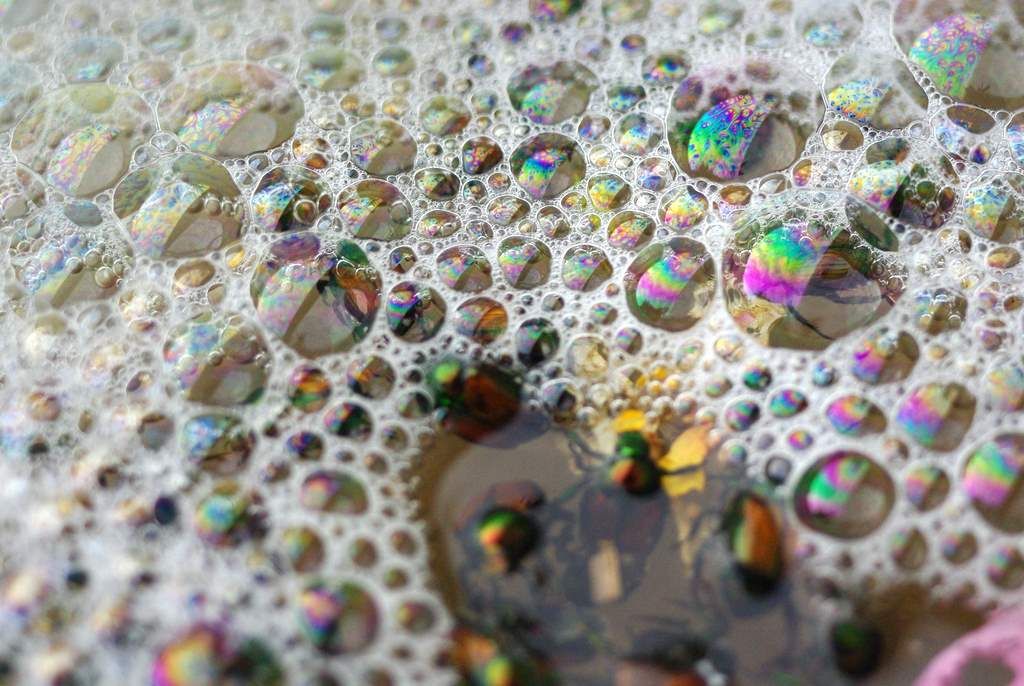Considerations:
Frost date: When you plant in the spring, you're concerned with the last frost date when figuring out timing. When planting for a fall harvest, you're thinking about the first date -- for us, it's October 13. This means that there's a 50% chance of a frost by this date. Some plants wilt at the first frost, like tomatoes, peppers and squash. Some plants taste better after the first frost, like kale and Brussels sprouts. And other plants are fine with some frost and can overwinter, like carrots -- although we don't have that opportunity at WFCG.
Days to Maturity: Once you have the first frost date, check your seed packets for days to maturity and add 3 weeks. Then count backwards from the first frost date to figure out when to plant. The extra three weeks is to compensate for the days getting shorter as we head into fall.
Pest control: Pests are in full swing by the time you're ready to plant for a fall harvest, so be prepared to protect your new seedlings with light row covers.
Shade: When transplanting seedlings during August, the sun can be pretty difficult. Try to provide shade by using row covers or plant the seedlings where there's some afternoon shade due to tall plants.
Start some seeds indoors: Some seeds won't germinate in hot soil, that's the bad news. The good news is that your west or south windowsill may now have enough light to germinate seeds indoors. Cabbage and broccoli are two that need to be started indoors.
The following planting list is from Urban Farmer (ufseeds.com).
August

August is an ideal time to plant seeds for a second gardening season that can be as productive as your major early spring plantings. Late summer is the time to plant these vegetables and herbs.
Beans:
Start planting both bush and pole beans now that the soil and air are warmed up. Try a continual 7-10 day sowing of different varieties. This will give you continual bean crops and not one large harvest with wasted crop. Early August is the last practical sowing date.
Cover Crops:
A great way to add nutrients to your soil for the following year is by growing winter cover crops this fall. Start in August so they get some good growth before winter comes. [THIS IS A GREAT IDEA FOR EMPTY PATCHES -- WILL ADD NITROGEN TO SOIL FOR FOLLOWING YEAR AND SUPPRESSES WEEDS]
Cucumbers
Fast growing vine or bush cucumber plants can produce an abundance of cucumber fruits. Be careful to pick a variety for the space you have in your garden. Vine cucumbers can be the best tasting but need far more space than bush varieties.
Suggest variety: Spacemaster 80, Muncher, Marketmore 76
Kale
Planting kale mid-July through mid-August will yield an excellent harvest in the fall and winter.
Suggested variety: Dwarf Blue
Lettuce
Sow lettuce in August for a fall crop. Try growing early harvest varieties that will produce a harvest before cold weather rolls in.
Suggested Varieties: Buttercrunch, Salad Bowl
Peas
Green peas and sugar peas are good to plant in August, and will produce a moderate fall harvest.
Suggested variety: Sugar Ann
Radish
A quick and easy vegetable to grow. Plant now and you can have them ready in 30 days.
Suggested variety: Cherry Belle
Spinach
Spinach is more of a cool weather vegetable and is great to grow in August.
Suggested variety: Bloomsdale, Samish
The following chart is from Mother Earth News:
| VEGETABLES |
Sow Indoors
|
Sow Outdoors
|
Transplant
|
| Arugula | XXX | ||
| Beet |
XXX
| ||
| Broccoli | XXX | ||
| Brussels sprouts | XXX | ||
| Cabbage |
XXX
| ||
| Carrot |
XXX
| ||
| Cauliflower | XXX | ||
| Chard | XXX | ||
| Chinese cabbage | XXX | XXX | |
| Collards | XXX | ||
| Endive | XXX | ||
| Kale | XXX | XXX | |
| Kohlrabi | XXX | XXX | |
| Lettuce | XXX | XXX | XXX |
| Mustard | XXX | ||
| Peas | XXX | ||
| Radish | XXX | ||
| Scallion (green onion) | XXX | ||
| Sorrel | XXX | ||
| Spinach | XXX | ||
| Turnip | XXX |
| Cover Crops |
Sow Indoors
|
Sow Outdoors
|
Transplant
|
| Alfalfa | XXX | ||
| Buckwheat | XXX | ||
| Cowpeas | XXX | ||
| Mustard | XXX | ||
| Oats | XXX | ||
| Radish | XXX | ||
| Sunflower | XXX |
Read more: http://www.motherearthnews.com/organic-gardening/what-to-plant-now-august-central-midwest-great-plains-gardening-region.aspx#ixzz38yS0U1a5




















